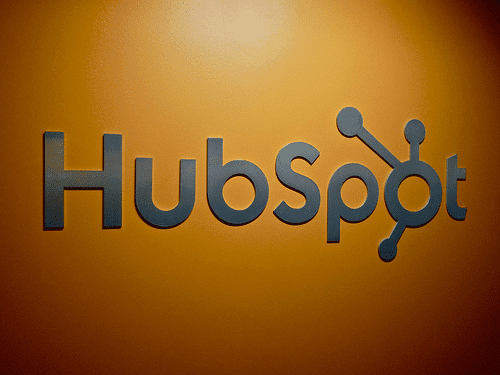A 2015 survey of 55 startup companies found that 58 percent plan to spend 75 percent or more of their marketing budget on digital marketing, yet 71 percent have no documented digital marketing strategy.
Huh?
Let’s try that again. 58 percent of startups will spend 75 percent of their marketing budget on digital marketing, while 71 percent of the same companies lack a digital marketing strategy.
Why would a company allocate 75 percent of its budget to something it has no strategy to achieve? This makes no sense.
What this typically means is that the “strategy,” or lack thereof, is what our friends at HubSpot call “Spray and Pray” marketing. Spray and pray, indiscriminately emailing, calling, following, advertising to mass audiences, is not a marketing strategy. It is a recipe for wasting 75 percent of your marketing budget. Spray and pray is not a marketing strategy.
It also means that 71 percent of startups probably fall into the trap of thinking that their product will sell itself. While your product may indeed be super valuable, it is typically only going to be super valuable to specific target audiences. Finding them, engaging them, educating them and closing sales rarely happens as easily and smoothly as startup leaders predict. Overconfidence can be responsible for a lot of wasted money.
Competition for customers is fierce on every front. Buyers are in control of the purchasing process like never before. They research online, doing more than 60 percent of their shopping anonymously before contacting a company or vendor. Engaging them in that process is critical to success. To do that successfully, you need a plan that involves understanding your ideal customer–the search terms they use, the questions they ask, the problems they need to solve–and thoughtfully engaging them in the search process.
This is what successful businesses in other industries are doing. This is what your competitors are doing. This is what Google rewards in its search engine result pages. Buyers now expect to find information tailored to their search. They will know immediately if you approach them in a way that demonstrates that you don’t really know who they are or what they want.
“Things like creating content, blogging, and building brand awareness around a product are often considered a secondary experience and a secondary part of the company, which is a completely wrong way of thinking,” writes Andrew Broadbent in StartUp Grind. “What a customer first experiences about your product is on the internet or in the media long before they even get a chance to touch or use it first hand.” The online experience will determine what they do next.
A digital marketing strategy starts with a deep understanding of your target audiences, not as abstractions but as concrete individuals. HubSpot calls these “buyer personas” where you get into details like age, family status, business needs, business problems, personal needs, personal stress points, types of food or restaurants they frequent, other products they buy, and more. This kind of information helps you map their online behavior and develop alternative search terms that they might be using related to your business. It also helps you know who to target with any digital advertising.
Optimizing web pages or ads around these keywords, building calls to action for multiple stages in the sales funnel, and ensuring that when someone clicks on an ad or a link that they find something just for them, is what separates smart marketing from spray and pray.




